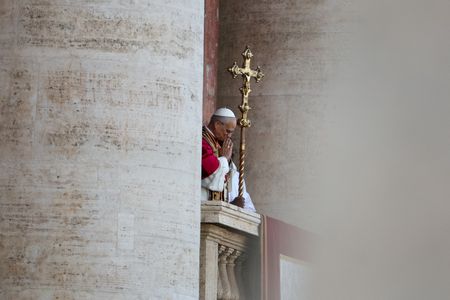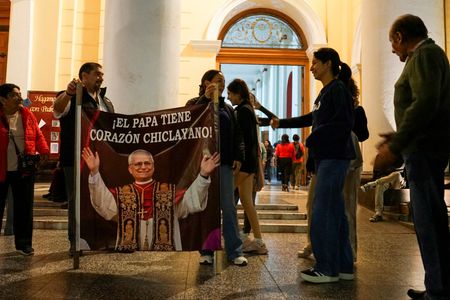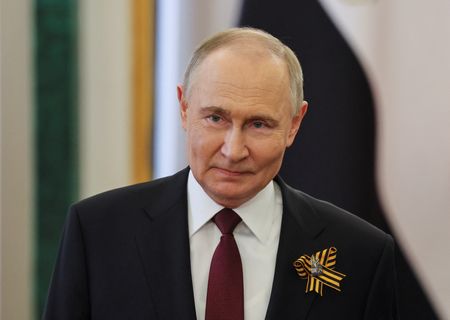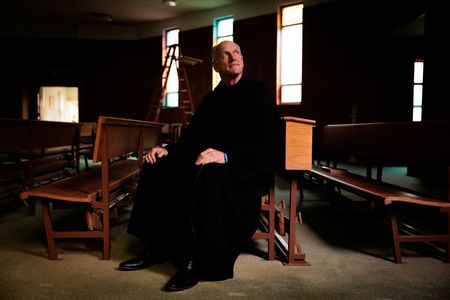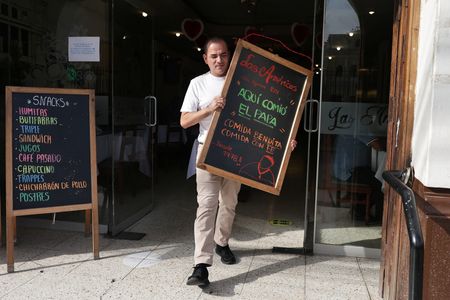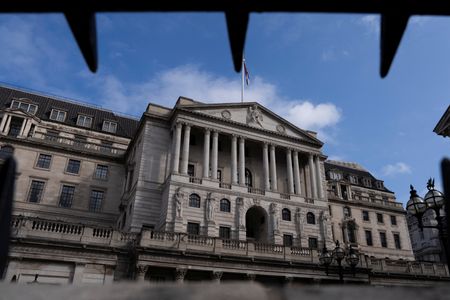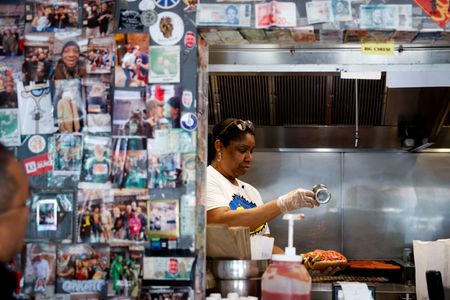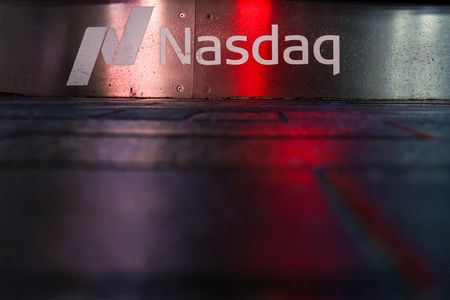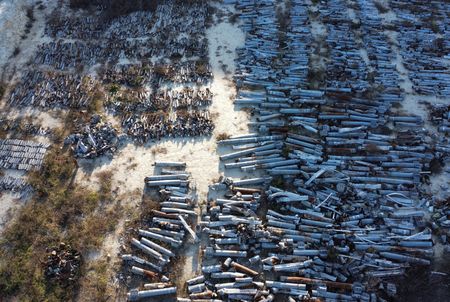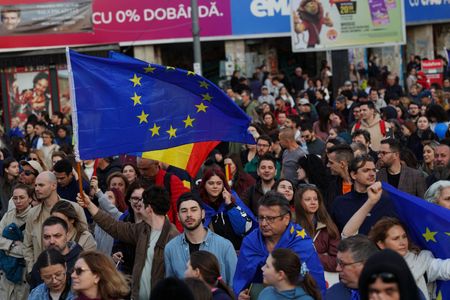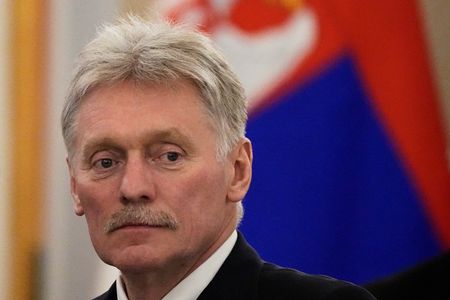By Joshua McElwee
VATICAN CITY (Reuters) – Cardinal Robert Prevost may be the first person from the U.S. to become the head of the Catholic Church but his surprising election by the world’s cardinals as Pope Leo XIV probably had less to do with his birthplace than his former workplace.
Prevost, a relative unknown on the world stage, spent two decades as a missionary in Peru and became a senior Vatican official and a cardinal only in 2023.
His first assignment as a bishop was in Chiclayo, in northwest Peru, where he served from 2015 to 2023.
For the 133 cardinals locked in conclave in the Sistine Chapel to pick a successor to Pope Francis, an Argentine and the first pontiff from the Americas, this was likely no small detail.
“For us, he’s the second Latin American pope,” Fernando Morales-de la Cruz, a Guatemalan human rights activist, told Reuters. Prevost has dual U.S.-Peruvian nationality.
But unlike Francis, who was elected pope in 2013 after serving for decades as a local bishop and had no Vatican experience, Prevost was not a complete outsider.
He spent the last two years leading the powerful Vatican office that helps decide which priests are appointed as Catholic bishops across the world. He also took part in two Vatican assemblies of global bishops hosted by Francis in 2023 and 2024.
With his combined experiences, he becomes pope with a head start on some of the big issues facing the 1.4 billion-member Church and is already well known by many of the cardinals.
Given the secrecy of the conclave, not much will be known at least for now about the thinking of the cardinal-electors and how their rounds of voting went up to the moment they made their choice on Thursday.
But some analysts have some theories, including about how Prevost overcame what was until now thought to be an unlikely proposition: a U.S. cardinal becoming pope.
“Before the conclave, the American cardinals thought a U.S. passport was a dealbreaker,” said Michael Sean Winters, a U.S. commentator who has followed the Vatican closely.
But cardinals decided that Prevost’s nationality, given his experience in Latin America, “was not an insuperable barrier”, he said.
“What they wanted was someone known among the other cardinals and also committed to carrying on with Francis’ reforms,” said Winters. “And more than any other papal contender Prevost had both things.”
In Donald Trump’s second U.S. presidency, the cardinals may have also seen real value for the first time in elevating another American as pope.
Francis was a sharp critic of Trump, saying earlier this year that the president’s plan to deport millions of migrants in the U.S. was a “disgrace”.
“As for why the cardinals picked (Prevost), I have to wonder if elevating a ‘different sort of American leader’ wasn’t a part of the discernment process,” said Natalia Imperatori-Lee, a U.S. academic and Catholic expert at Manhattan University in New York.
QUICK CONCLAVE
Heading into the conclave on Wednesday, two other cardinals were seen as leading frontrunners: Italian Pietro Parolin and Filipino Luis Antonio Tagle.
Cardinals vote in conclaves once on the first day and four times on subsequent days.
When white smoke billowed from a chimney atop the Sistine Chapel at 6:08 p.m. (1608 GMT) on Thursday, signalling the election of the new pope, many watching thought it must be either Parolin or Tagle.
The timing of the smoke meant the new pope was probably elected on the fourth ballot of the conclave, a fast result. Francis was elected on the fifth ballot of the 2013 conclave.
In 1978, it took eight ballots to elect Pope John Paul II. Like Prevost, the Polish Cardinal Karol Wojtyla had not been seen as a frontrunner heading into the conclave that made him pontiff.
PREPARED SPEECH
One cardinal – who was not able to participate in this conclave because he is over the age of 80 – said that based on his experience in past conclaves, a consensus probably emerged on the third ballot that on the next round Prevost would reach the two-thirds majority required to win election.
The third ballot would have been the second one held on Thursday morning, before the cardinals took a break for lunch.
The retired cardinal, who spoke on condition of anonymity to discuss the secretive process, suggested that Prevost may have taken time in the lunch break to choose his papal name and begin drafting his first address as leader of the Church.
When Pope Leo appeared for the first time on the balcony of St. Peter’s Basilica, about 70 minutes after his election, to greet tens of thousands in the square below, he spoke from a written text.
None of the past four popes used a written text for their first address from the balcony. In 2013, Francis’ first word was simply “Buonasera” (Good evening), and he spoke extemporaneously for just a few minutes.
Asked by a reporter with Italy’s Channel 4 two days before the conclave if he would be elected as pope, Prevost replied: “Everything is in the hands of the Holy Spirit”.
The reporter then mentioned how the cardinal had a range of experiences he could offer as pope, being born in the U.S., living in Peru, and knowing bishops around the globe because of his Vatican job.
“All of this is true, yes,” Prevost replied.
(Reporting by Joshua McElwee; Additional reporting by Philip Pullella; Editing by Crispian Balmer and Frances Kerry)

